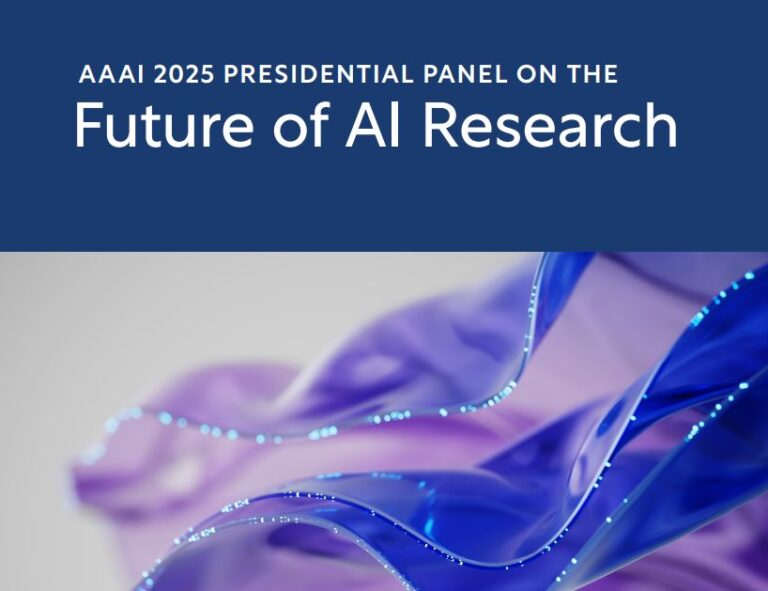AI Tools for Creating Multilingual Content: Breaking Barriers in a Globalized World
In an era where businesses and content creators strive to reach global audiences, the demand for multilingual content has never been higher. From e-commerce platforms to social media campaigns, the ability to communicate effectively in multiple languages is a cornerstone of success. However, traditional methods of translation and localization are time-consuming, costly, and prone to errors. Enter artificial intelligence (AI), which is revolutionizing the way we create and manage multilingual content. This article explores the role of AI in multilingual content creation, highlights key tools, and discusses their benefits, challenges, and future potential.
The Role of AI in Multilingual Content Creation
AI-powered tools leverage advanced technologies like neural machine translation (NMT) and natural language processing (NLP) to automate translation, localization, and content adaptation. Unlike early rule-based systems, modern AI models learn from vast datasets, enabling them to understand context, idioms, and cultural nuances. These tools can translate text, adapt content for different regions, and even generate original content in multiple languages, bridging gaps in communication and expanding reach.
Key AI Tools for Multilingual Content
Several AI platforms have emerged as leaders in this space, each offering unique features tailored to different needs:
-
Google Translate
- A widely used tool offering real-time translation across 130+ languages. Its neural machine translation system provides fluency and context-aware results.
- Integrates with other Google services, making it ideal for businesses already in the Google ecosystem.
-
DeepL
- Known for its human-like accuracy, DeepL excels in translating nuanced content, such as marketing copy and technical documents.
- Supports 24 languages and prioritizes preserving the tone and style of the original text.
-
Unbabel
- Combines AI with human translation, offering a hybrid model where AI handles initial drafts, and human editors refine them.
- Ideal for industries requiring high accuracy, such as healthcare or legal sectors.
-
Linguee
- Focuses on terminology and context, allowing users to search for translations in real-world examples.
- Useful for content creators needing to maintain brand consistency.
-
memoQ
- A comprehensive platform for localization, offering translation memory, terminology management, and AI-powered suggestions.
- Popular among enterprises with complex multilingual workflows.
- i18n Tools (e.g., POEditor, Smartcat)
- Specialize in internationalization (i18n), helping businesses adapt content for different locales, including date formats, currencies, and cultural preferences.
Benefits of AI for Multilingual Content
-
Time and Cost Efficiency
AI reduces the time required for translation, enabling businesses to launch campaigns faster. It also lowers costs compared to hiring human translators for large-scale projects. -
Consistency and Scalability
AI ensures uniformity in terminology and style across languages, crucial for brand messaging. It scales effortlessly, handling millions of words without fatigue. -
Cultural Adaptation
Advanced tools like Linguee and memoQ go beyond translation, adjusting content to align with local customs, idioms, and preferences. - Access to Niche Markets
AI empowers businesses to enter new markets by providing content in less commonly spoken languages, fostering inclusivity and growth.
Challenges and Limitations
While AI offers immense potential, it is not without limitations:
- Cultural Nuances: AI may struggle with idioms, humor, or culturally specific references, risking misinterpretation.
- Accuracy in Specialized Content: Technical or legal documents require human expertise to avoid errors.
- Brand Voice: Maintaining a consistent tone across languages can be challenging, as AI may not fully grasp a brand’s unique voice.
- Data Privacy: Using third-party tools may raise concerns about sensitive information.
Case Studies: Real-World Success Stories
- Spotify: Uses AI to translate metadata, playlists, and user reviews into 30+ languages, enhancing user experience globally.
- Airbnb: Leverages AI for real-time translation in listings and messages, fostering trust among international users.
- The Guardian: Employed AI to translate articles into multiple languages, expanding its readership while maintaining editorial quality.
Future Trends in AI-Driven Multilingual Content
The future of AI in this space looks promising:
- Improved Context Understanding: Enhanced NLP models will better grasp context, reducing errors in complex texts.
- Real-Time Translation: Advances in AI could enable instant, seamless translation during video calls, social media interactions, or live events.
- Customizable AI Models: Businesses may train AI on their own data to tailor translations to specific industries or brands.
- Integration with Creative Tools: AI could assist in generating original content, such as social media posts or ads, in multiple languages.
Conclusion
AI tools are transforming the landscape of multilingual content creation, offering unprecedented speed, scalability, and accessibility. While challenges like cultural nuance and accuracy remain, the synergy between AI and human expertise can unlock new opportunities for global engagement. For businesses and creators, embracing these tools is not just about saving time—it’s about connecting with diverse audiences in a way that feels authentic and inclusive. As AI continues to evolve, its role in breaking language barriers will only grow, paving the way for a more interconnected world.
Final Tip: Start with AI for initial translations, then pair it with human review to ensure quality. The goal is not to replace human expertise but to amplify it, creating content that resonates across cultures and borders.







